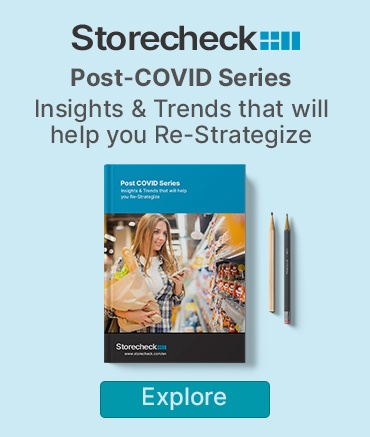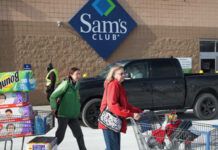No traffic on roads and one marketing channel that suffered the most was Out of Home channel where the billboard spent nose dived. Roadside OOH traffic fell 55% since the first week of March (when the pandemic had its initial surge in the U.S.).but rebounded between April 19 and 26, with traffic increasing by 26%.
For brands still investing and looking at a bargain, this still can be a great option or some creative advertisements.
Agencies holding OOH inventories became creative, for example an agency in Portland wanted to utilize their assets, went for supporting local businesses and resorted to offering local retailers free space on tiny billboards around the city. The charitable effort was part of PDX SOS, a Portland organization supporting local businesses. This triggered a local agency consortium coming together to support local businesses and retailers will remember this effort when times are good and they spent on OOH. Lesson learnt here is do not sit idle, if you cannot earn revenues, earn appreciation and goodwill.
This goodwill earning examples are plenty, New York Governor Andrew Cuomo’s office partnered with creative agency TBWAChiatDay NY to create MTA subway billboards educating New Yorkers on ways to stop the spread of the virus.
- 84% of Gen Z pays attention to outdoor advertising—the same group that also considers themselves less susceptible to the pandemic’s effects, per OOH Today.
- TBWAChiatDay NY designed these MTA ads to be as psychedelic and colorful as possible to catch the eyes of young partiers.
Resorting to social platforms like TikTok and Instagram during lockdowns it is always a good idea to have a mix of mediums in play. Research shows that Gen Z might be less susceptible to digital advertising due to their huge exposure from an early age and information overload, the message needs to be re-endorsed by other mediums. Measuring the return on merchandising and marketing/retail campaigns do require retail integration of data and without it, it would be spending blindly without proper data to validate returns.
Advertising executives said this week that the worst might be over, as more people return to work or go on road trips. But any recovery will be gradual. OOH revenue are predicted to decline 25 percent during the third quarter from a year ago (after a second-quarter drop of 38 percent) while also forecasting that its revenue from transit ads will fall 65 percent.
One take away fact is young people will be a prime target for OOH advertisers and would continue to flock to urban areas as they want to be part of the city, so brands should take advantage of this opportunity and include OOH in their marketing mix.
Credits: NY Times & Morning Brew










